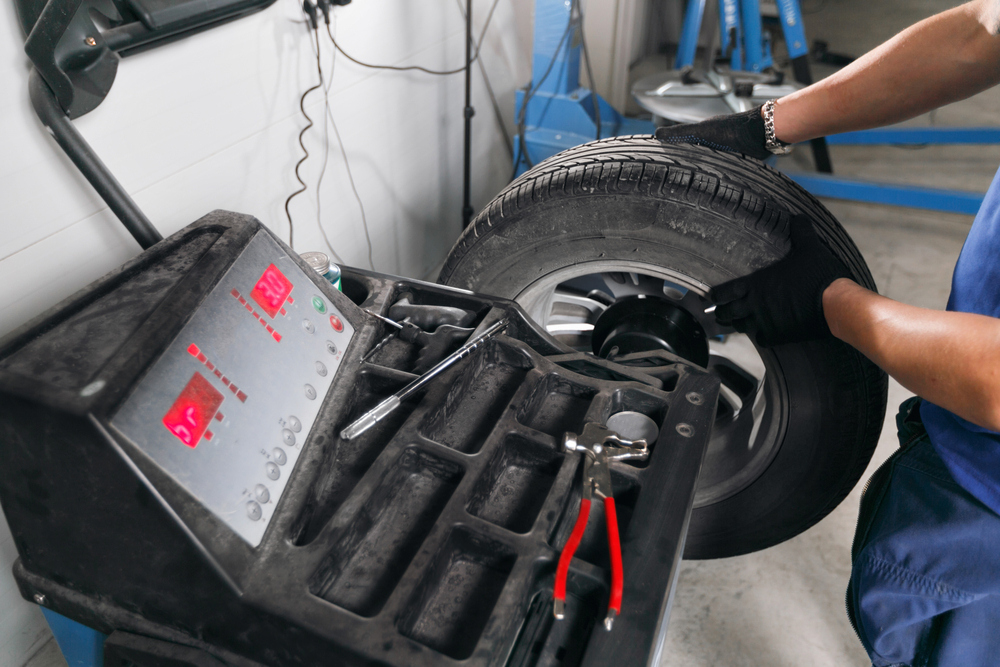Before car owners get new tires put on their vehicle, they should always consider whether their tires are balanced. When a car drives smoothly at high speeds, the tires are likely where they should be. However, vibrations and shaking at high speeds can quickly become an issue when the weight of one or more of the tires isn’t evenly distributed, causing them to be heavier in some places. While many drivers just have their tires rotated every so often, it’s important they check their tires’ balance too. Skipping this process often means faster tire and suspension wear.
Tire balancing is a common, fairly inexpensive service offered by most local auto shops that mechanics can do as part of a tune-up. Whenever you get new tires or rims, you should have the wheels balanced, which tire dealers may offer for free with your purchase if you ask. Drivers who use both winter and summer tires in the same set may have to pay a little more since having separate sets means having them balanced more often.
The Process of Balancing Tires
When brand new tires are mounted onto wheels, they are spin-balanced in order to detect any vibrations or weight disparities. Some vibrations can be got rid of by rotating the tire on the wheel, so that heavy spots are in different locations that better match up with the wheel. Slight weights are attached to the wheel to disqualify the heavy spots and give you a smoother ride. However, these weights may fall off over time. When this happens to one of the front wheels, vibrations can be felt through the steering wheel, especially when the vehicle picks up speed.
Tires should be balanced roughly every two years, and they should be rotated in that time every 5,000 to 7,500 miles, or about six months, until they need replacing. Some tire dealers offer free lifetime tire rotation, which is done by removing and reattaching the wheel at different positions to ensure an even wear.
Some repair shops and tire dealers utilize “road force” balancing machines, which simulate the forces and weight applied to the tires during driving. This method is said to provide more detailed and accurate readings, thereby allowing more specific balancing.
It’s possible for bent wheels or damaged tires to cause vibrations as well as worn wheel bearings or a worn suspension. In these cases, balancing the tires may only be half the battle, and you may require additional repairs and help from your local auto mechanic.
Think you or someone you know is in need of Behind the Wheel Training? Training Wheels is an Atlantic City driving school specializing in teaching new teen drivers how to stay safe on the road. For more information on our lessons, please click here.
Photo via kostastudio / Shutterstock

